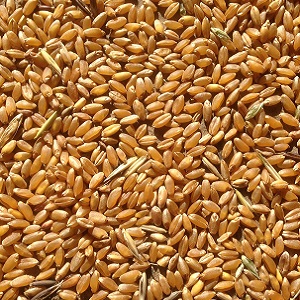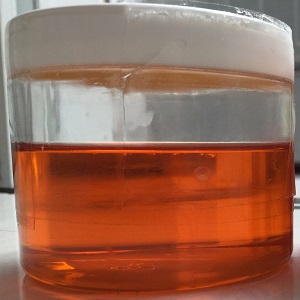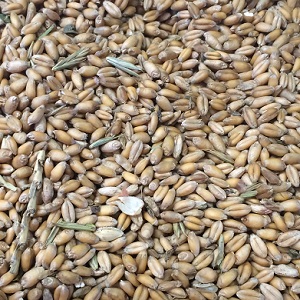Description
Sorghum (Sorghum bicolor (L.) Moench) grain is the fifth major staple cereal after wheat, rice, maize and barley. It is cultivated worldwide in warmer climates and is an important food crop in semi-arid tropical areas of Africa, Asia and Central America. Sorghum grain is a small, hard caryopsis covered by glumes. In grain sorghum, panicles are compact and bear 25,000 to 60,000 seeds/kg. Forage sorghum yields 120,000-160,000 seeds/kg. The whole grain can be boiled, roasted, popped or ground to make flour for baking (flat breads) and pastry. Sorghum grain is used for the production of alcoholic beverages, including beer and liquors. Some sorghum varieties are used for dyeing textiles or leathers (Ecoport, 2009).
In animal nutrition, grain sorghum is mostly used as an energy source and is a good feedstuff for poultry, pigs and ruminants. The stalks remaining after harvest can be grazed as some varieties stay green for a long period of time. Sorghum may also be grown for fodder, for grazing or cut green to make silage and hay (Balole et al., 2006).




